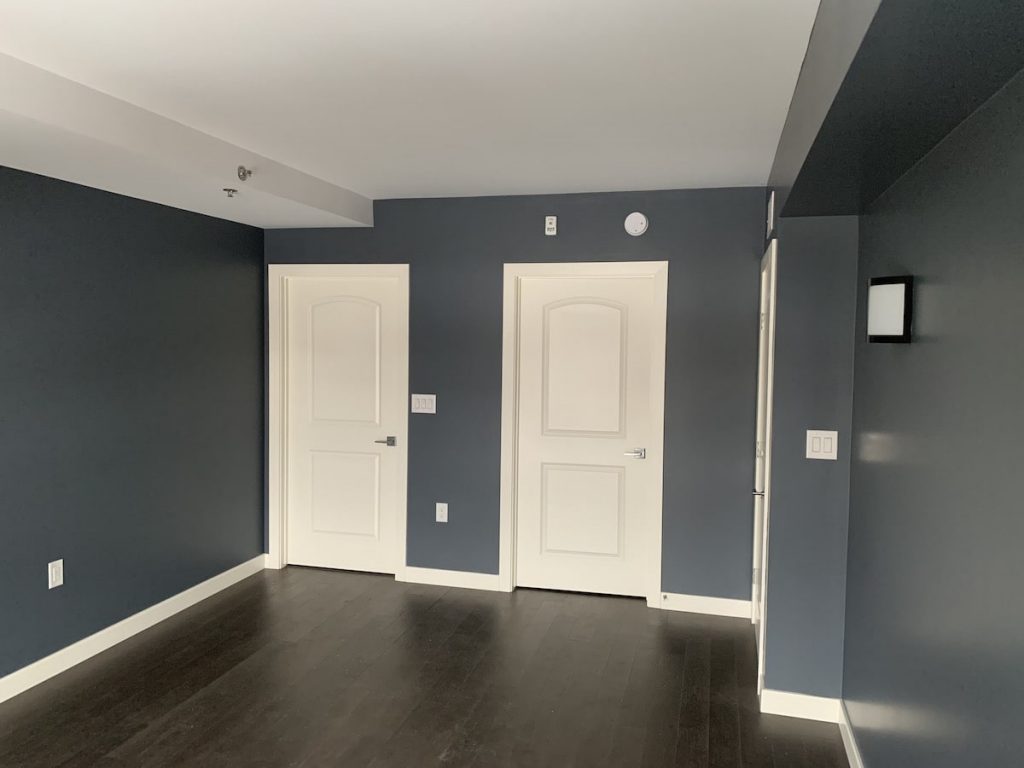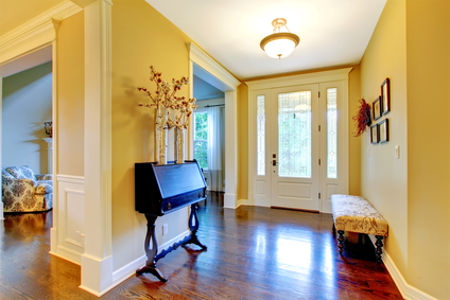Enhance Your Interior Style With Comprehensive Shade Appointment
The combination of shade examination right into indoor style provides a distinct opportunity to refine and raise the psychological and visual vibration of an area. By involving with a seasoned shade professional, you can navigate the intricacies of shade choice, ensuring that your choices not only enhance architectural attributes but likewise reverberate with personal style and psychological impact. This calculated partnership can substantially affect the total environment of your setting, promoting a feeling of consistency and function. Nonetheless, understanding the nuances of this procedure is crucial-- what crucial elements should be considered to attain optimal outcomes?
Advantages of Shade Consultation

Shade examination works as a critical aspect in interior decoration, giving various advantages that enhance both appearances and functionality. By involving a specialist color specialist, clients can take advantage of professional assistance tailored to their particular needs and choices. Among the main benefits is the capacity to produce a cohesive layout story throughout an area. An appropriate shade scheme not just balances various aspects but also establishes a distinct environment that reflects the client's character.
Furthermore, shade examination help in making best use of all-natural light and optimizing spatial perception. Lighter colors can make an area show up even more expansive, while darker tones develop an intimate setup. Cleveland Metro Painting Specialists. This calculated application of shade can dramatically affect the general ambiance of any indoor room
In addition, expert experts possess a detailed understanding of classic standards and present trends, making certain that the selected colors will stay attractive gradually. This insight can save clients from costly redesigns in the future. Finally, color consultation empowers customers by giving them with a clear vision and instructions, cultivating self-confidence in their style options and ultimately leading to a more effective and rewarding interior design end result.
Recognizing Color Psychology
The importance of shade psychology in indoor design can not be overemphasized, as it looks into the emotional and psychological effects that numerous shades can stimulate in individuals. Shades can influence state of mind, habits, and even performance, making them a vital consideration in any kind of design task.
For example, cozy colors such as red, orange, and yellow are usually connected with power and warmth. They can boost feelings of exhilaration and comfort, making them appropriate for social spaces like living spaces or kitchens. On the other hand, cool shades like blue, environment-friendly, and purple have a tendency to stimulate calmness and harmony, making them ideal for bed rooms or reflection areas.
Furthermore, making use of neutral tones can create a well balanced setting by allowing the bolder colors to attract attention without overwhelming the senses. Recognizing these mental influences allows designers to develop areas that not only look aesthetically pleasing however additionally advertise emotional well-being.
Integrating shade psychology right into interior decoration includes a thoughtful option of tones tailored to the intended function of each area, eventually boosting the total experience for its occupants. This awareness is important for accomplishing a unified and useful indoor setting.
The Shade Wheel Explained
Understanding the relationships between hues is important for efficient interior style, and the color wheel serves as a valuable tool in this process. The shade wheel, created by Isaac Newton in the 17th century, highlights the range of shades organized in a circular format. It comprises primaries-- red, blue, and yellow-- that can not be developed by blending various other colors. Secondary colors, created by incorporating key shades, include green, orange, and purple. Tertiary colors arise from blending a main and a secondary shade, bring about colors such as red-orange and blue.
The shade wheel aids designers grasp the partnerships in between colors, consisting of complementary, analogous, and triadic systems. Complementary shades, positioned opposite each various other on the wheel, create vivid contrasts that can stimulate a space. Comparable colors, situated beside one an additional, supply a cohesive and unified look. Triadic plans utilize 3 uniformly spaced shades, using equilibrium and visual passion.
Making my response use of the color wheel in indoor layout not only boosts aesthetic charm yet also evokes details emotions and environments, making it an essential recommendation for shade assessment. Recognizing these relationships eventually equips developers to produce rooms that are both aesthetically captivating and functional.
Choosing the Right Combination
Often, choosing the ideal scheme is a decisive consider accomplishing an effective interior decoration project. A well-chosen color design can merge a room, boost its attributes, and evoke desired emotions. To begin, consider the function of the space. Different areas serve different features and need combinations that show their designated usage; as an example, relaxing shades such as soft blues or eco-friendlies function well in bed rooms, promoting relaxation.
Next, take into consideration the all-natural light offered. Light can significantly change how shades appear, so it is necessary to evaluate the area at different times of the day. Additionally, think about existing building aspects and furnishings. A harmonious scheme must match these features, developing a natural look throughout the room.
When selecting shades, utilize the 60-30-10 regulation, which suggests that 60% of the space must be a dominant shade, 30% a secondary shade, and 10% an accent color. This proportion ensures equilibrium and aesthetic interest (Cleveland Metro Painting Specialists). Sample colors on the wall surfaces before dedicating, as this permits you to see how the colors connect with one another and the general setting they create try these out in your interior try this website layout task.
Collaborating With a Shade Consultant

Engaging a color expert can be a transformative action in your interior decoration trip. These professionals bring a riches of experience, enabling you to navigate the intricacies of shade concept, trends, and psychological impacts. Their understandings can aid you create a cohesive look that shows your individual design while enhancing the functionality of your area.
When collaborating with a shade consultant, the process generally begins with a preliminary examination. During this meeting, you'll discuss your vision, preferences, and the existing elements in your room. The specialist will evaluate your demands and might advise details color schemes that align with your goals.
After developing an instructions, the consultant will certainly supply samples and visual help to assist you imagine the suggested color schemes. This step is crucial, as shades can show up in a different way under varying lighting problems.
Furthermore, a color professional can assist you in choosing complementary home furnishings, art work, and accessories to integrate with your selected palette. By teaming up very closely, you can accomplish a polished visual that elevates your insides and produces a welcoming environment. Ultimately, the proficiency of a shade specialist can significantly boost the overall influence of your style task.
Final Thought
In recap, comprehensive color examination offers as a vital tool for improving indoor layout. By leveraging expert expertise of shade psychology and spatial characteristics, a customized shade combination can be developed to evoke particular feelings and develop an unified environment.
By engaging with an experienced color expert, you can browse the intricacies of shade option, ensuring that your choices not only complement architectural functions however likewise reverberate with individual style and mental effect. It makes up main shades-- red, blue, and yellow-- that can not be produced by blending other colors.The color wheel helps designers understand the relationships between colors, consisting of corresponding, similar, and triadic systems.When picking shades, use the 60-30-10 policy, which suggests that 60% of the space ought to be a dominant shade, 30% a second shade, and 10% an accent shade. By leveraging professional knowledge of color psychology and spatial dynamics, a customized color palette can be developed to stimulate details feelings and produce a harmonious setting.